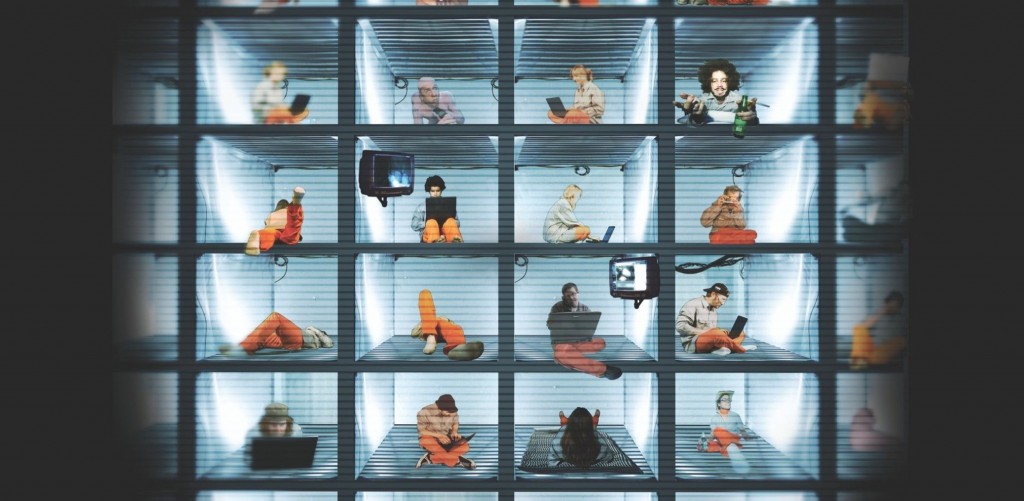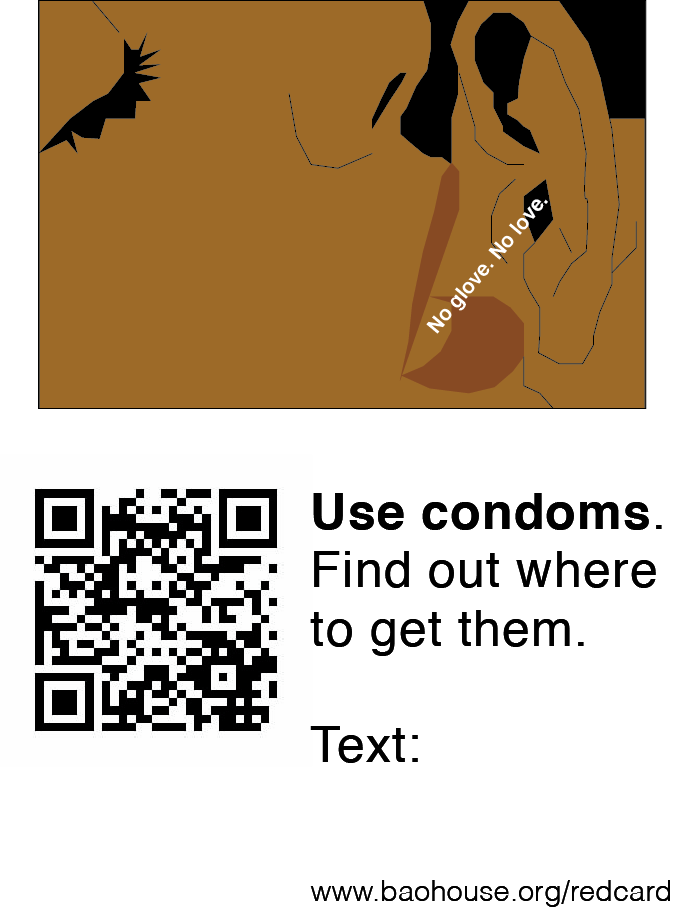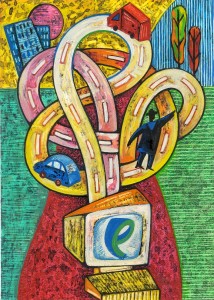The original work described in this post was done in collaboration with Audrey Bennett and Ron Eglash and funded by the National Science Foundation’s GK-12 grant-funded Triple Helix Program. You can read all of the dispatches from Ghana on the3Helix fellows’ blog.

Alternate universes can be a lot of fun. We can make Superman land in the USSR, put goatees on normally clean-shaven cast members, and revisit moments in history and play the “what if” game. It is the stuff of science fiction and fantasy. But there is much more to be said about the various parallel universes that might exist. At least, that’s what a lot of social theory has us believe.
At the end of the 20th century social scientists released dozens of books and articles with the words “social construction” in the title. Social constructionism became a very useful tool for the post-modern author who wanted to deconstruct such difficult topics as organic chemistry or high-energy physics. Their premises were rather straightforward and were unceremoniously summarized and simplified by Ian Hacking in his book “The Social Construction of What?” (2000). Hacking writes:










